Sepsis Screening Decreases Mortality. Well, not really.
Sensible Medicine
MARCH 14, 2025
The only problem was that the patient population would change over the course of the study – the unscreened population was studied mostly in 2019 and early 2020 while the screened population was mostly late 2020 early 2021. Thus, the results would have to be adjusted. These alerts only were reported in the screening group).

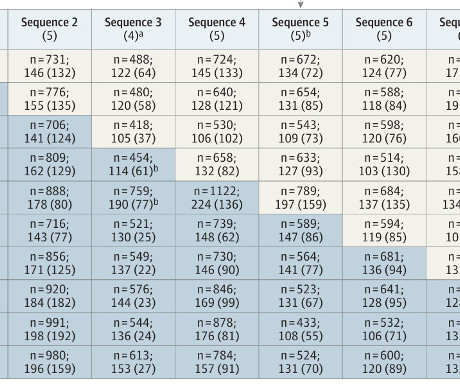
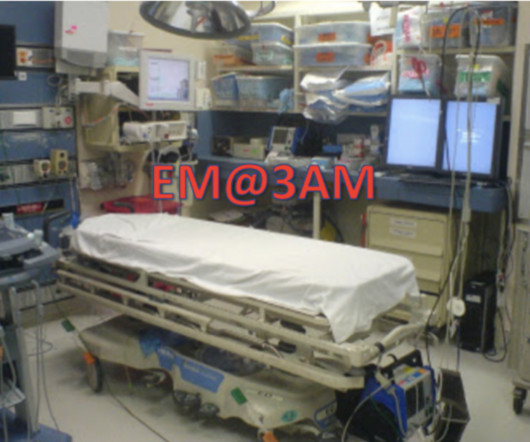

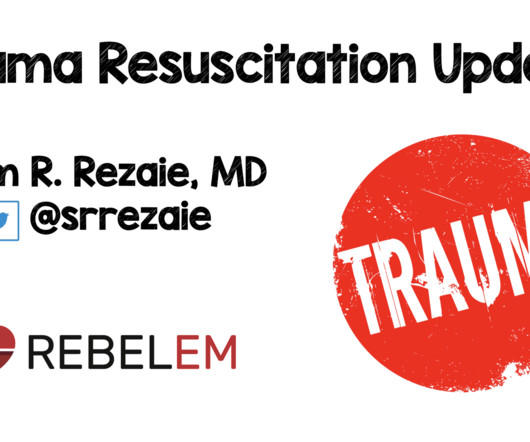

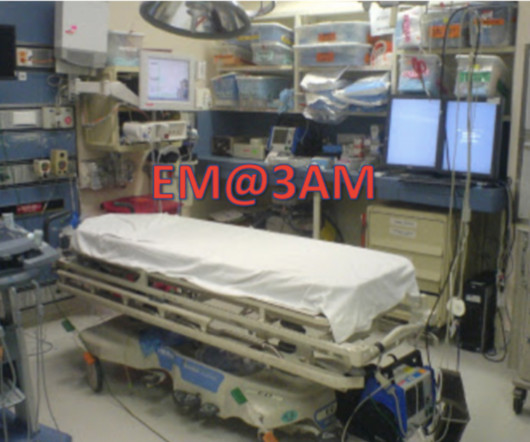

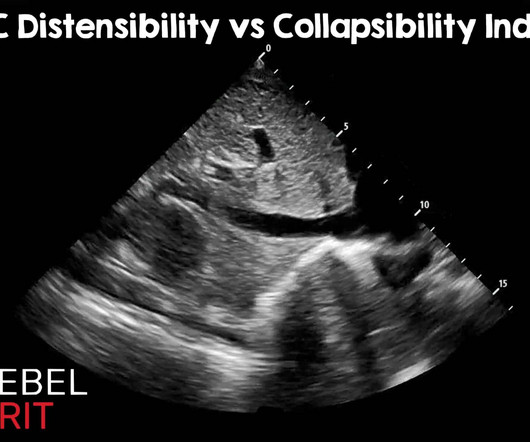


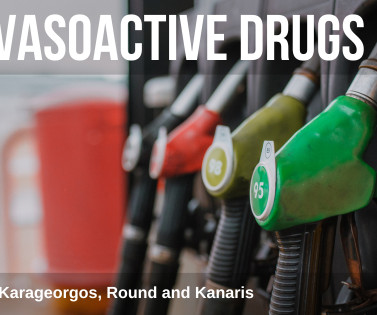







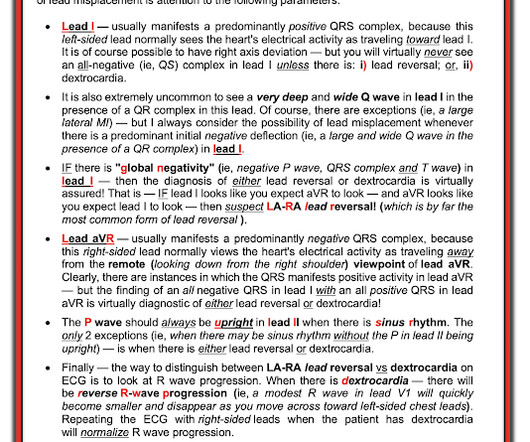











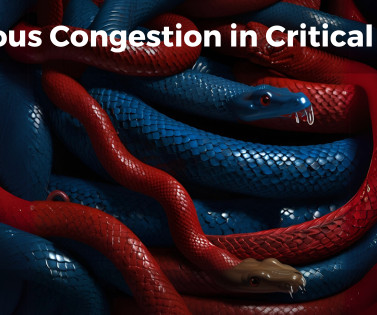
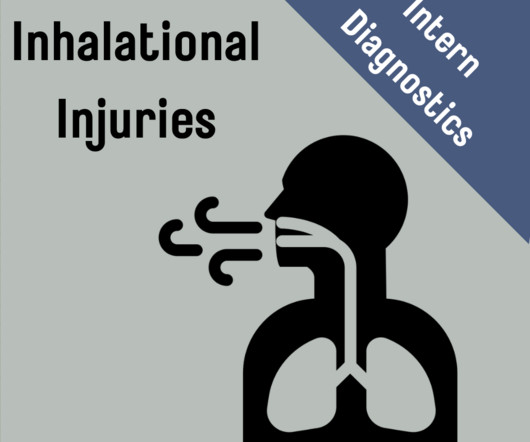
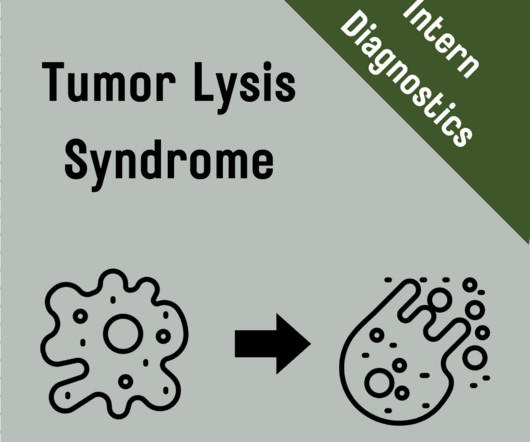






Let's personalize your content